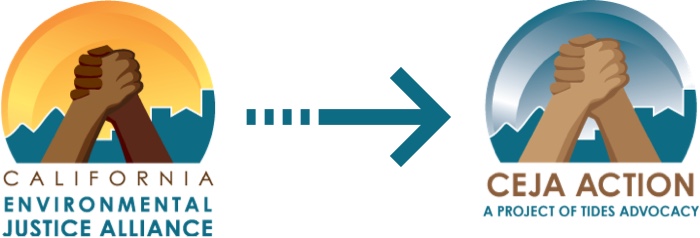Going Green, Including All: Transformative Climate Communities in California
By Dr. Manuel Pastor originally posted in Huffington Post
As someone deeply concerned about climate equity in California – that is, ensuring that those communities most at risk from climate change are directly included in our state’s cutting-edge efforts to address global warming – I’ve been in a bit of suspense. Specifically, I’ve been concerned because one key bill to advance these goals, AB 2722, has been in a so-called “suspense” file in the Senate Appropriations committee, the place where bills with a fiscal impact wait to move forward.
Thankfully, the suspense is over: the bill just got attached to an overall spending proposal for the unallocated portion of the state’s cap-and-trade revenues (which are formally known as Greenhouse Gas Reduction Funds). But now the real task begins: the broader spending bill needs to be passed by the state legislature and the current $175 million of funding, already cut back from the original proposal, sustained at a level necessary to achieve the goals articulated in AB 2722.
What is AB 2722? The bill seeks to create a new Transformative Climate Communities Program that would direct the Strategic Growth Council – of which I am a public member – to fund implementation of new or existing neighborhood level plans that include integrated, innovative, cross-cutting projects to address climate change in ways that deliver multiple benefits in disadvantaged communities. These plans would be driven by multi-stakeholder collaborations of community-based organizations working in partnership with community development groups, local agencies, and others.
Can this work? In my own hometown of Los Angeles, a groundbreaking new ordinance was passed earlier this year that will help reduce health risks from industrial and traffic pollution in three of our most economically and environmentally vulnerable communities: Boyle Heights, Pacoima/Sun Valley, and Wilmington. Tired of the over-concentration of polluting industries in their neighborhoods, residents themselves led a “Clean Up Green Up” campaign to turn their communities into Green Zones where local land use policy would reduce toxic threats where they live, work, and play.
Just entering the implementation phase, Clean Up Green Up is one of the first such environmental justice policies to be passed by a major city and a good example of the kind of innovative solutions that are possible through collaboration between local residents, researchers, city officials, urban planners, and local businesses. Indeed, one key factor in Clean Up Green Up passing was the eagerness of existing small businesses to modernize their operations and reduce impacts (and thus the inclusion of a mechanism to provide them with financial and technical assistance to do so), coupled with the community’s desire to set stronger standards for new and expanded industries.
The new Transformative Climate Communities Program will build on efforts like Clean Up Green Up to forge community-led visions and solutions for sustainable, climate resilient neighborhoods as well as help create meaningful employment in the remaking of these areas. It doesn’t dictate which approach to take but will allow cities, local jurisdictions, and communities to accelerate sustainability by proposing and developing their own plans and strategies, be they for more trees, more solar, or better transit.
By directing more resources to the least advantaged neighborhoods, it also helps ensure that places that are often the most impacted and often the least well-positioned to take advantage of current programs, particularly in Southern California and the Central Valley, will have a better shot at using cap-and-trade dollars to meet their needs.
Finally, the Transformative Climate Communities Program can offer examples of what it really means to change our local landscapes – to make communities places where the air is cleaner, transit and pedestrian options are plentiful, and conservation is embraced as a way of life. Cap-and-trade has had its controversies but the sort of community-building and awareness about climate that AB 2722 will promote seems like a sweet spot in the fight against global warming and for community sustainability – and it’s little wonder that it has garnered strong support from environmental and environmental justice advocates.

